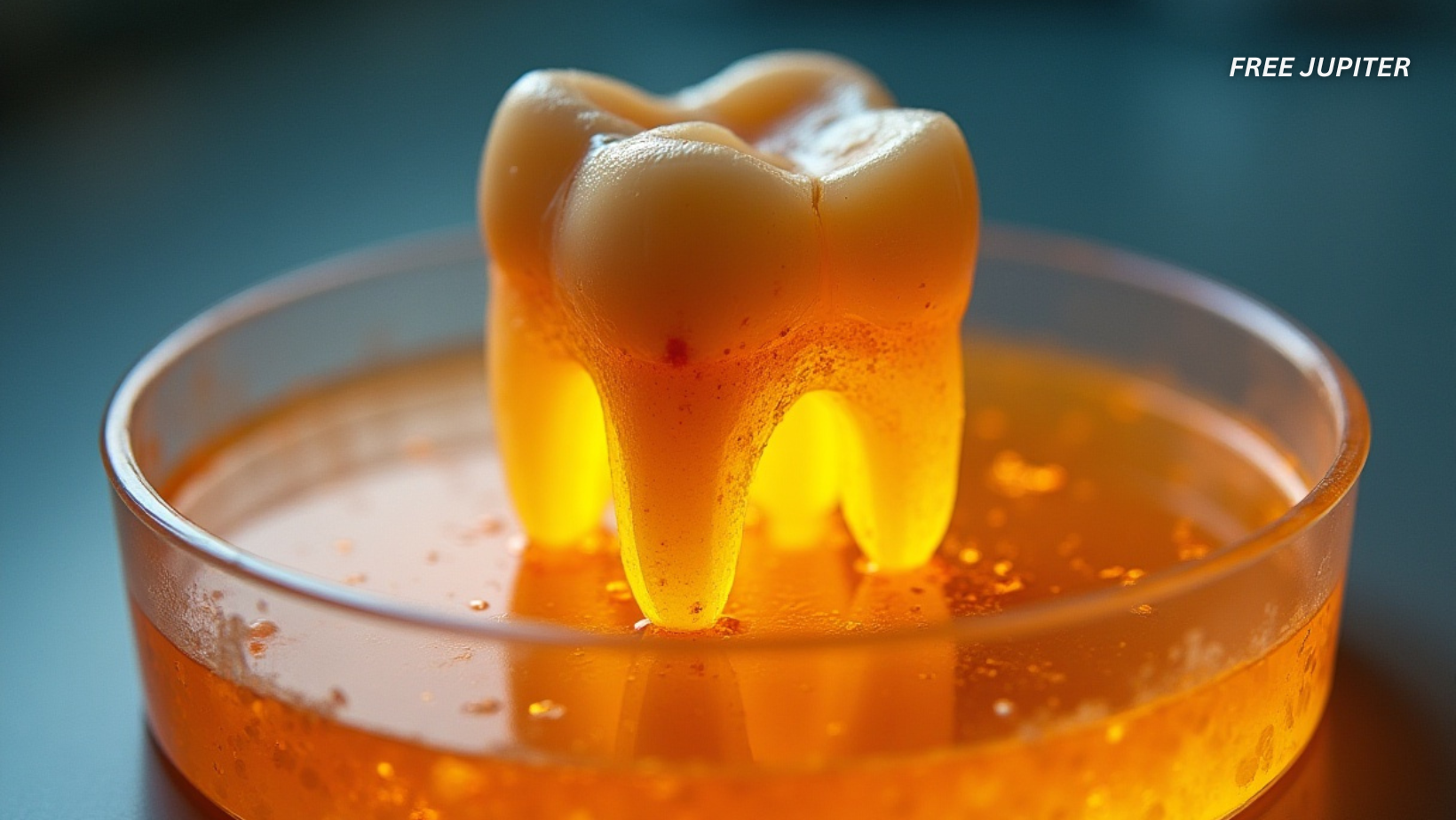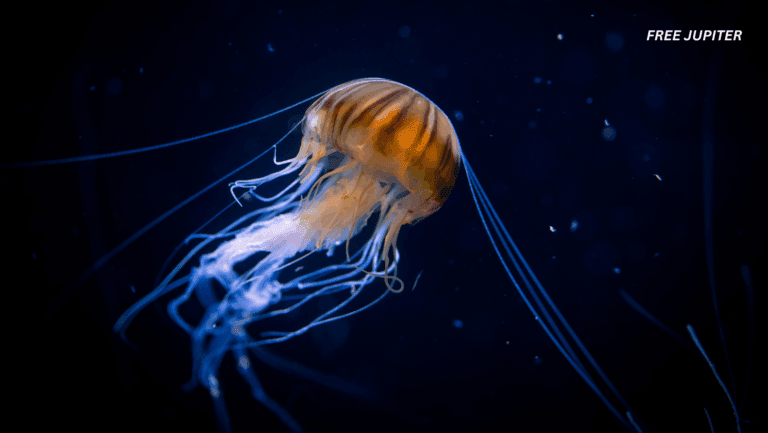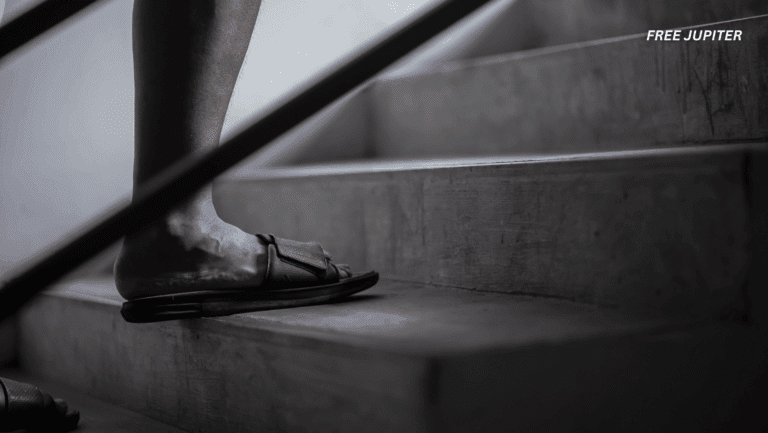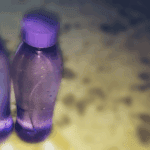Friendly Note: FreeJupiter.com shares general info for curious minds 🌟 Please fact-check all claims—and always check health matters with a professional 💙
If you’ve ever had a cavity filled, a root canal, or a dental implant, then you know the pain (literal and financial) that comes with modern dental care. Imagine a world where, instead of patching your damaged teeth with artificial materials, your body could just grow a new one. Sounds like a futuristic dream, right?
Well, that future may not be as far away as we thought. Thanks to a groundbreaking study from researchers at King’s College London, scientists have grown something remarkable in a petri dish: tooth-like structures using living cells. This isn’t a cartoonish science experiment—it’s real, it’s biologically sound, and it’s been over a decade in the making.
🧪 The Breakthrough: Growing Teeth from Scratch
In a pioneering move, scientists have created miniature tooth structures—called organoids—in the lab. They did this by combining two types of cells (borrowed from mouse embryos) and nurturing them inside a gooey, custom-made material known as a hydrogel.
Hydrogels might sound like skincare ingredients, but in science, they’re soft, water-absorbent substances that provide support to living cells, sort of like a sponge crossed with a pillow. These hydrogels were bioengineered to behave just like the natural environment in the human body—an ideal incubator for tooth formation.
But this wasn’t just any hydrogel. It was bioorthogonally cross-linked, meaning it was chemically programmed to guide cells slowly and methodically toward becoming teeth, rather than rushing the process. This subtle timing was essential. Think of it like letting bread rise naturally instead of microwaving the dough—you want nature’s timeline, not fast-forward.
Read more: Humans Are Still Evolving—And Our Teeth Might Be Disappearing: New Study
🔄 Why Humans Can’t Regrow Teeth (Yet)
Most of us don’t get lucky in the tooth department. We’re born with one set of baby teeth, and once those fall out, the adult teeth come in—and that’s it. Lose those, and the options aren’t great: dentures, bridges, or implants.
But in the animal kingdom, it’s a different story. Sharks can regenerate teeth continuously throughout their lives, sometimes going through 20,000 or more! Elephants, too, get six sets of molars across their lifetimes. Scientists have long wondered—why can’t we?
The difference lies in special types of stem cells and genetic triggers that animals like sharks naturally have. Humans lose this ability once we hit adulthood. But if science can recreate the right conditions in the lab, it might reawaken this hidden potential in us.
🧬 How Did They Do It?
The team used a clever recipe:
- Mesenchymal cells (which help form bone and connective tissue)
- Epithelial cells (which line surfaces like gums and skin)
- A carefully designed hydrogel matrix that slowly releases biological “instructions” telling the cells to become tooth tissue
When placed together in this bio-gel matrix, the cells self-organized into a 3D structure that began mimicking the stages of tooth development. These were not just shapeless blobs—they had layers and patterns similar to what you’d find in a real tooth in its early stages.
The real innovation wasn’t just the structure but the timing. Earlier attempts at growing teeth failed because the signals were sent too fast, overwhelming the cells. This time, the hydrogel let everything progress at a biological pace—slow, deliberate, and surprisingly effective.
🦷 What Could This Mean for Dentistry?
We’re still a few steps away from popping lab-grown teeth into human mouths, but the implications are enormous. Here’s why this matters:
✅ Natural Fit
Unlike implants made from titanium or ceramic, lab-grown teeth could potentially fuse with your jawbone, just like the real thing. That means better function, less discomfort, and no risk of rejection.
✅ Long-Term Solution
Traditional fillings and crowns don’t last forever. Over time, they can break, wear down, or even lead to infections. A bioengineered tooth grown from your own cells could last as long as nature intended.
✅ Bye-Bye Bone Loss
Losing a tooth also means losing some jawbone over time. But growing a real tooth in place could help preserve bone health, something implants don’t always do.
🧭 Two Paths to the Future
Researchers are currently exploring two ways this could be used in real life:
- Grow-then-implant: Cultivate a complete tooth in the lab, then surgically implant it into the patient’s mouth.
- In-body growth: Implant the early-stage cells directly into the jaw, allowing the tooth to grow inside the body over time.
Both methods have their pros and cons. Growing teeth in the lab allows for careful observation and control. But growing them directly in the body might allow for better integration with nerves, blood vessels, and surrounding tissue.
🚧 But Hold On—There Are Still Some Hurdles
Let’s not put the toothpaste before the toothbrush. There are still challenges ahead:
- Scaling up: This was done with mouse cells. Human cells are more complex. The team needs to replicate the results with human tissue before moving to clinical trials.
- Safety testing: They’ll need to ensure that lab-grown teeth don’t trigger immune reactions or lead to unexpected growths.
- Regulations: Bringing this to the public requires passing rigorous medical standards, which can take years.
Still, the research community is buzzing with excitement, and the long-term potential is undeniable.
Read more: What Are ‘Ozempic Teeth’? The Latest Unusual Side Effect of the Weight-Loss Drug
🔍 Related Scientific Developments
This lab-grown tooth breakthrough isn’t happening in isolation. It’s part of a growing field called regenerative medicine, which aims to help the body heal or regrow its own tissues. Other cool developments include:
- 3D-printed organs: Scientists have printed liver tissue, kidneys, and even rudimentary hearts for research.
- Stem cell therapy for damaged enamel: Early trials are testing how stem cells might rebuild worn-down tooth surfaces.
- Hair follicle regrowth using similar gel systems: That’s right—growing your hair back might someday be as simple as a cell injection.
- Bioengineered gums and jawbone scaffolds: Dentists are already using bone grafts and artificial gum tissues to rebuild mouths.
In short, this tooth project is part of a much bigger movement to help the body heal itself—no metal screws or synthetic patches needed.
Read more: New Research Traces Human Teeth Back to Fish Dermal Armor from 460 Million Years Ago
🪥 The Bottom Line: Dentistry Is About to Get Weird (in a Good Way)
Sure, the idea of growing teeth in a lab might sound like something out of a sci-fi movie, but it’s quickly becoming science fact. After years of trial and error, scientists are finally learning how to mimic the slow, natural rhythm of tooth formation—and the results are impressive.
We’re not quite ready to say goodbye to fillings, crowns, and implants just yet. But someday soon, a trip to the dentist might include something amazing: a real replacement tooth, grown just for you, from your own cells.
And honestly? That’s something worth smiling about.
Disclaimer: The information in this article is for general informational purposes only and is not medical advice. We are not doctors, and this website is run as a family hobby project. Always consult a qualified healthcare professional before making decisions about your health. Please fact-check any claims and use this content as a starting point, not a substitute for professional guidance.










